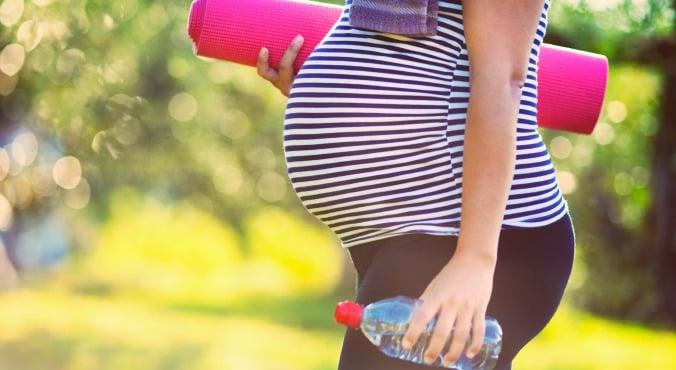
Image: iStock. By Nigel Stepto, Victoria University and Cheryce Harrison, Monash University.
Michelle Bridges was recently branded “irresponsible” and accused of providing a “poor message” to new mums following an Instagram post of her workout one month after giving birth.
The workout boasts 56 minutes of exercise – 32 minutes of jogging and 24 minutes of walking in intervals. Prefaced with the self-recognition of an experienced trainer, it was therefore advised that women “dial down” the duration to “15-20 minutes of total work”.
Young women of reproductive age are a high-risk group for sedentary behaviour. They also face increased barriers to physical activity including family and work commitments. So it’s commendable to advocate for women to be physically active after giving birth.
However, exercise prescription in a public forum is not individualised or tailored to medical, physiological and musculoskeletal variations that exist during pregnancy and after giving birth.
While it’s important women are encouraged to be physically active during this time, it’s important to consider the type, frequency, intensity and duration of physical activity. This should always be done in conjunction with a health-care professional based on your individual fitness, health and your pregnancy.
Fairfax media reported new mums are generally advised against running for three months after birth. However, this doesn’t seem to be backed up by evidence, at least for a normal uncomplicated pregnancy. This recommendation is more appropriate where surgical interventions have been needed or musculoskeletal injury occurred during pregnancy and/or child birth.





























































































